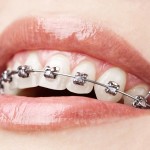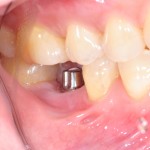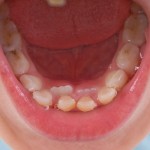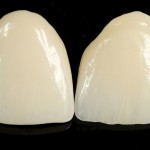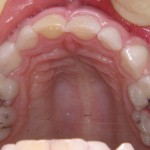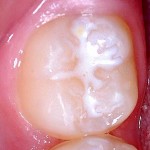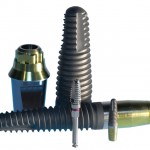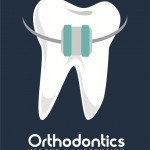
This review assessing the prevalence of failure of both maxillary and mandibular fixed orthodontic bonded retainers (FOBRs) included 34 studies. The findings incicate an overall failure rate of 28.17% (23.19 to 33.15%) based on 31 studies. However the certainty of the evidence was very low to low so the findings should be interpreted cautiously.
[read the full story...]